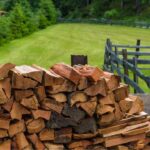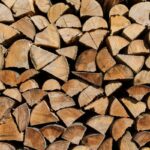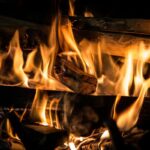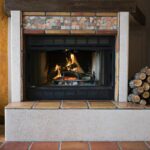Elm trees are among the toughest trees in existence, with some existing for more than 300 years. Whilst they can live a long time, that may not necessarily mean they are good for firewood.
When burning wood, it is important to find out what burns well and what doesn’t. When it comes to elm, it is considered okay for burning, but not the best choice out there.
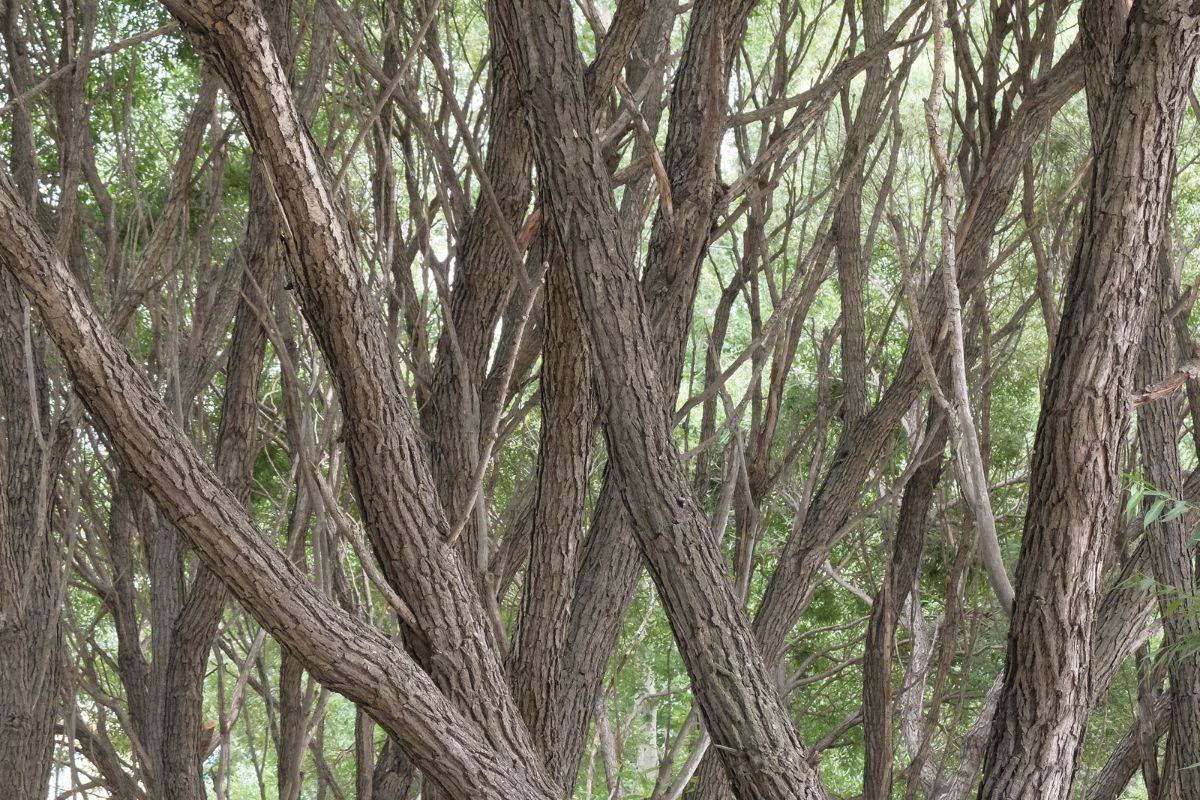
Elm is regarded as a good firewood because it has a high heat output and burns for a long time.
However, it can be difficult to split due to its interlocking grain, and it needs to be seasoned properly before burning to reduce smoke and improve efficiency. This is what puts many off using elm.
To find out more about whether you should use elm as firewood, continue reading. Our guide today will also compare elm to other types of wood, so you can decide what you want to use as firewood.
Elm – Good Firewood Or Not?
Elm can be used as a decent form of firewood, but it will not provide as much heat as hardwoods, such as hickory and oak. That being said, it will produce enough warmth to make your home warm and cozy on winter nights.
For elm to be used as firewood, it should be seasoned at least 12 months before being used. If not, excess levels of smoke may emanate from the wood when being burned.
Green elm, in particular, can have a strong aroma if not seasoned before burning, which can overwhelm a space.
One benefit of using elm as firewood is that it does not pop and spark like some other woods like fir and pine. Therefore, it is a safer choice, especially when being used indoors.
One drawback of using elm is that it can be challenging to split or maul with an ax. This is especially true if you leave it too long. In this case, using a chainsaw is typically the best tool to use.
Elm Burning Qualities
Heat
One of the first things to consider when evaluating firewood is how good its heat output is. After all, you want your fire to provide warmth, whether you’re at home or sitting around a campfire.
American elm provides around 20.0 BTUs (British Thermal Units) per cord. Compared to woods like red cedar, spruce, and fir, elm’s heat output is much higher.
But, when up against woods like beech, Osage orange, and dogwood, elm has a lower heat output. Overall, elm ranks around the middle of the heat output table.
Splitting
If you have ever split wood with an ax, you’ll know it builds up a serious sweat. Of course, some woods, such as pecan, are easier to split, but when it comes to elm, you’ll have your work cut out.
Splitting a cord of elm is notoriously difficult, even with a top quality ax, sheer strength, and a great splitting technique. When using a chainsaw, some pieces of elm can be challenging or even impossible to cut!
Smoke
When burned, elm can smoke out the room pretty quickly. However, when compared to some other woods, like Douglas fir, elm is not as smoky.
On the other hand, maple, ash, cherry, and oak produce less smoke than elm so are considered better options in this regard.
Because green wood has a high water content, it will give off a larger amount of smoke. This is why elm must be seasoned beforehand, usually at least 12 months before being burned, if not longer.
When you chop elm, don’t expect to use it soon. You’ll typically have to wait a year or two before it is ready to be used as firewood.

Aroma
Another key factor in choosing firewood is the aroma it has. Some woods have a very pleasant aroma that can give your home a warm, comforting vibe.
Unfortunately, elm does not emit the best smell when burned. Instead, it tends to absorb aromas from surrounding elements. That’s right, your firewood could start smelling like a nearby septic tank!
Elm can also house diseases and different kinds of bugs that can affect its smell. The good news is that the wood’s unpleasant fragrance will start to improve once it dries.
After 12 months or so, elm should have a neutral aroma, similar to catalpa. But, it still won’t be as pleasant as applewood or cedar.
Sparks
When elm is burning, it can pop quite aggressively and produce sparks. This can lead to an increased risk of bushfires and house fires when left unattended.
Also, if you’re trying to relax, the constant popping is not the most soothing sound in the world for many of us. Although elm does produce sparks, they are minimal, like most popular types of firewood.
Creosote
Creosote is that black build up of tar that is deposited within chimneys after burning wood. In small amounts, creosote is completely harmless, but too much of it can be extremely flammable.
In some cases, excess creosote can also block chimneys and reduce ventilation.
Wood that has a high sap content will produce more creosote. The good news is that elm that has been well-seasoned contains low levels of creosote, so you shouldn’t have to worry about a large build up.
Elm Firewood VS Other Popular Types Of Firewood
Compared to other popular firewood, like hickory and oak, elm is similar in heat output, but tends to be harder to split.
It burns longer than maple and birch, but produces more smoke and should always be well-seasoned before use.
In Summary
Whilst elm is not deemed as good a firewood option as other popular firewood, like oak and hickory, it is an adequate choice.
The reasons many prefer to use other types of firewood is because of elm’s higher smoke production and its unpleasant aroma. However, when seasoned, these issues should not be as much of a concern.
When using elm as firewood, make sure you split it immediately before it becomes too hard to split. Season and wait for at least 12 months, and your elm should be good to go as firewood.
- How To Open Chimney Flue - July 20, 2023
- Do Electric Fireplaces Use A Lot Of Electricity? - July 20, 2023
- How To Keep A Fire Going - July 20, 2023

